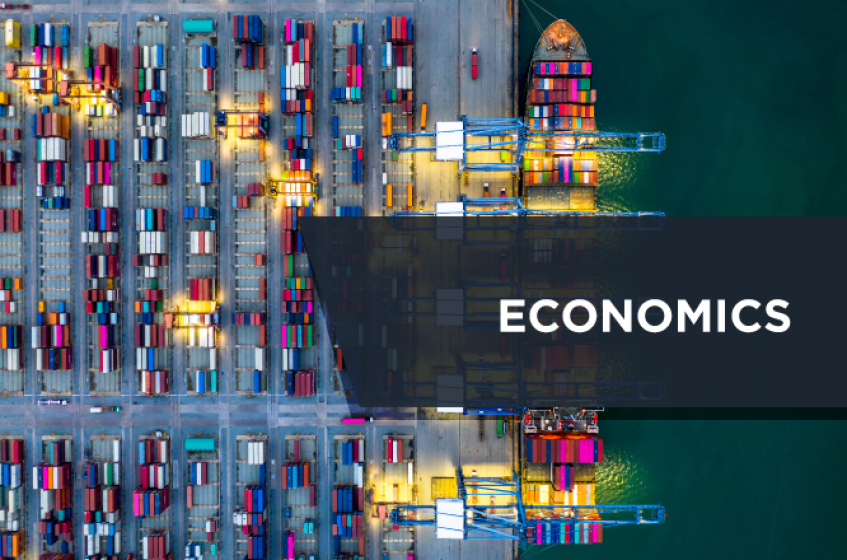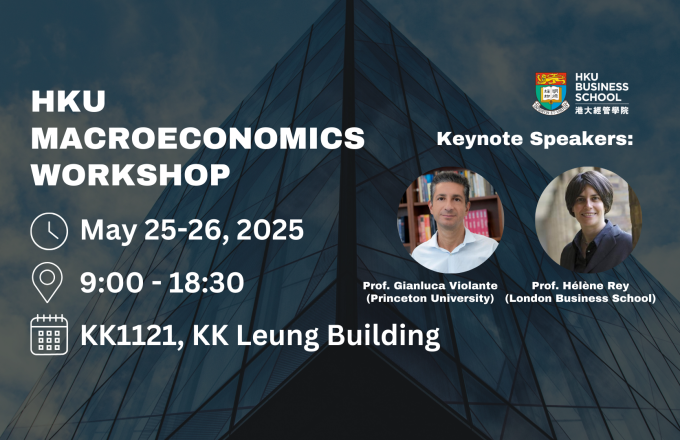Trade-Policy Dynamics: Evidence from 60 Years of U.S.-China Trade
Prof. Kim Joseph Ruhl
Curt and Sue Culver Professor of Economics
University of Wisconsin — Madison
We study the growth of Chinese exports to the United States, from autarky during 1950–1970 to 15 percent of overall U.S. imports in 2008, taking advantage of the rich heterogeneity in trade policy and trade growth across products during this period. Central to our analysis is an accounting for the dynamics of trade flows, observed trade policy, and expectations about future policy. In our empirical analysis, we estimate the dynamics of the elasticity of Chinese exports to (i) past tariff changes and (ii) the risk of future tariff hikes. We find Chinese exports responded slowly to the tariff changes that occurred when China was granted most-favored-nation status in 1980, and that policy uncertainty was more important in the immediate aftermath of this liberalization than in the lead-up to China’s 2001 accession to the World Trade Organization. However, separately identifying these two effects using data alone is difficult. In our quantitative analysis, we disentangle these effects by using a structural model to estimate a path of trade-policy expectations. We find the 1980 reform was largely a surprise and initially had a high probability of being reversed. The likelihood of reversal dropped considerably during the mid 1980s but changed little throughout the late 1990s and early 2000s despite China’s accession to the World Trade Organization in 2001.












